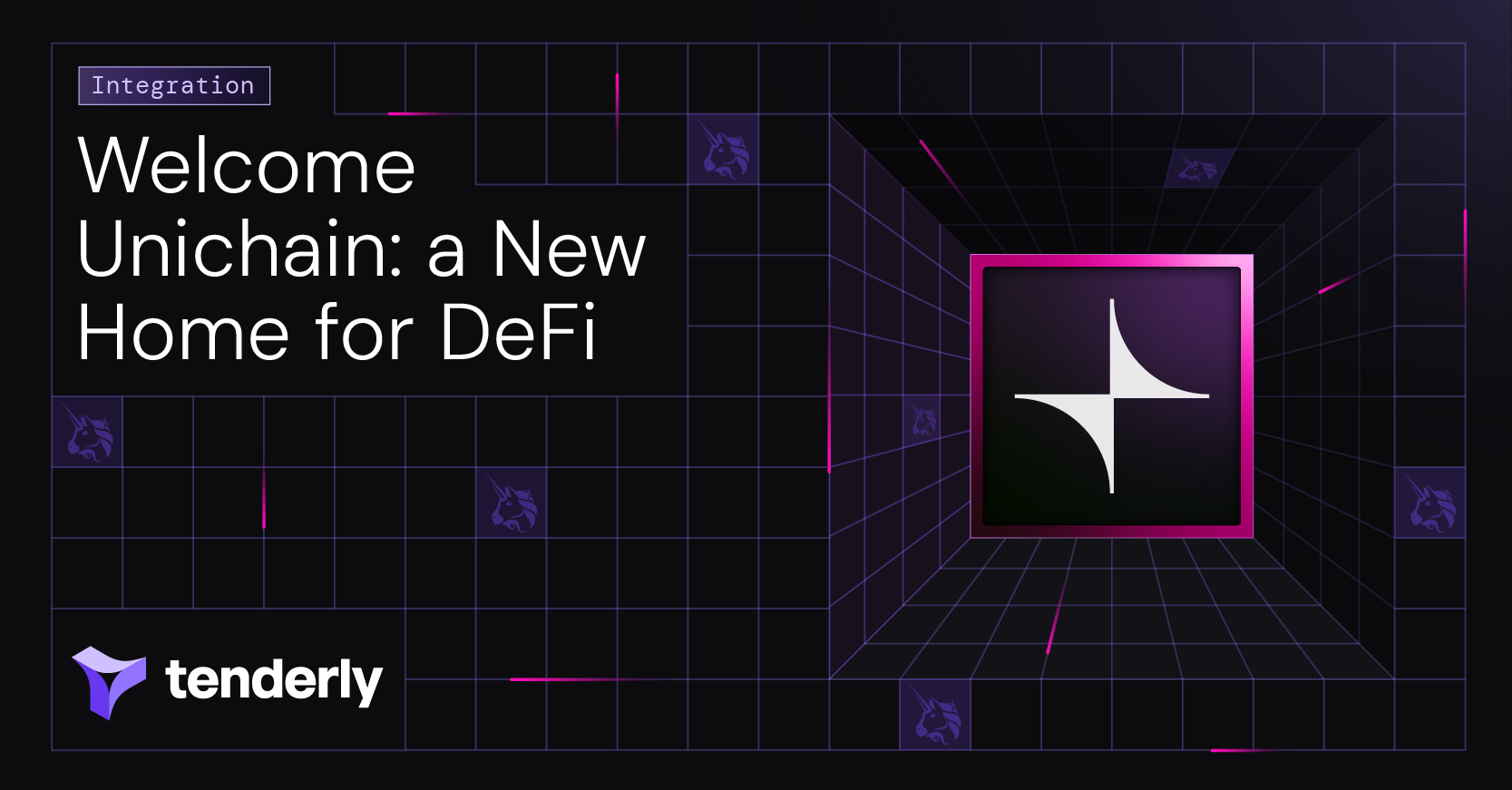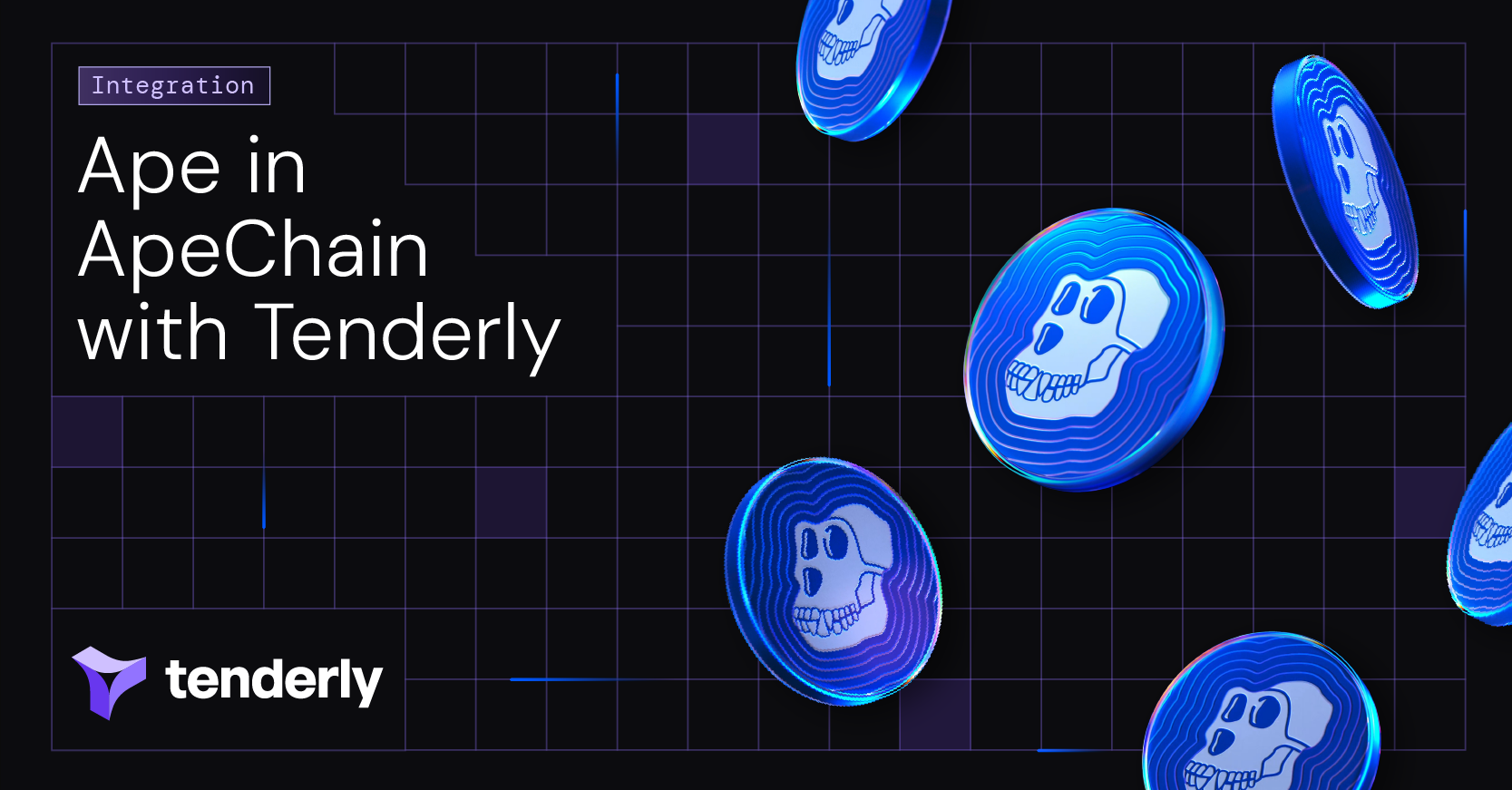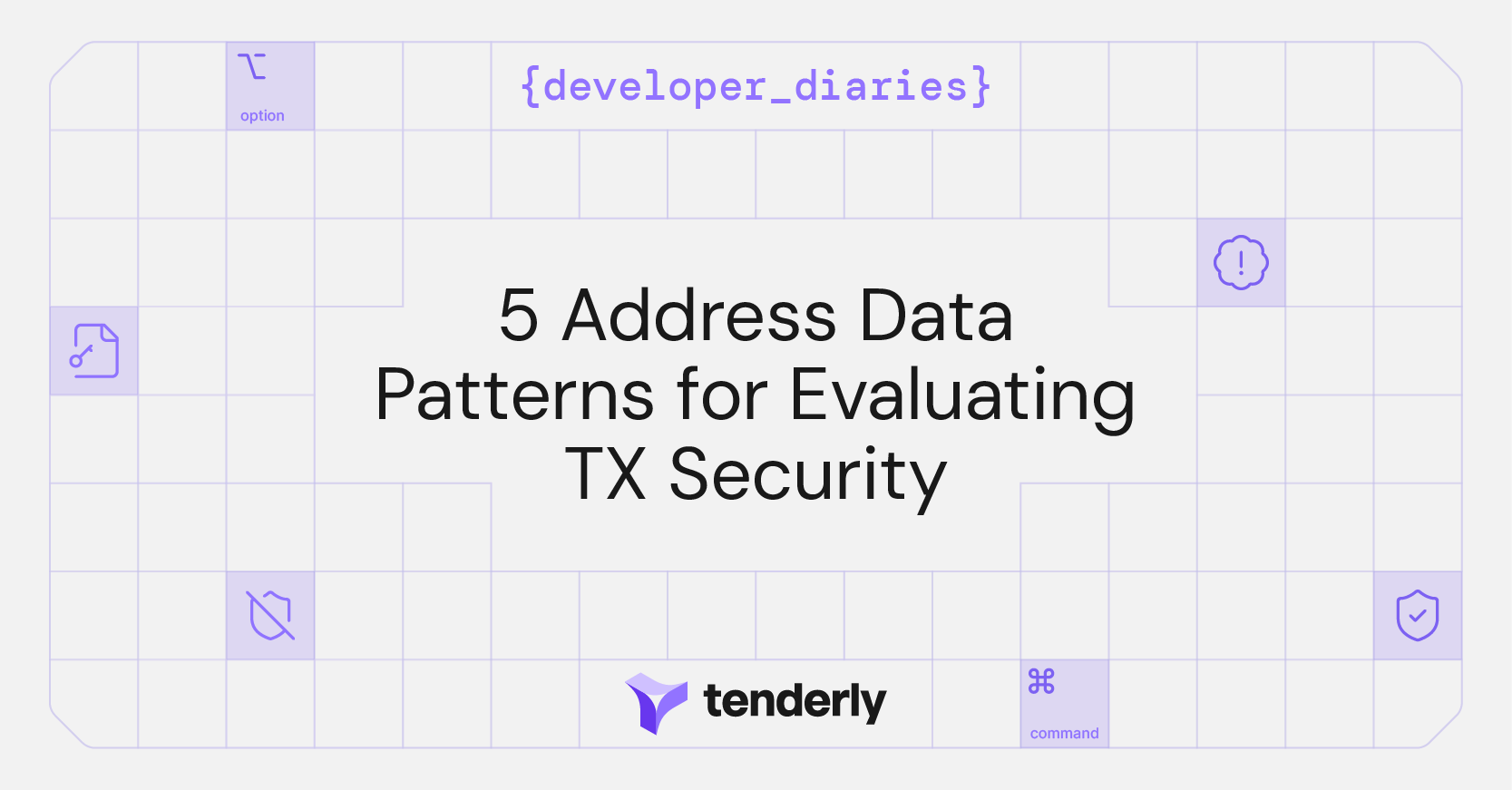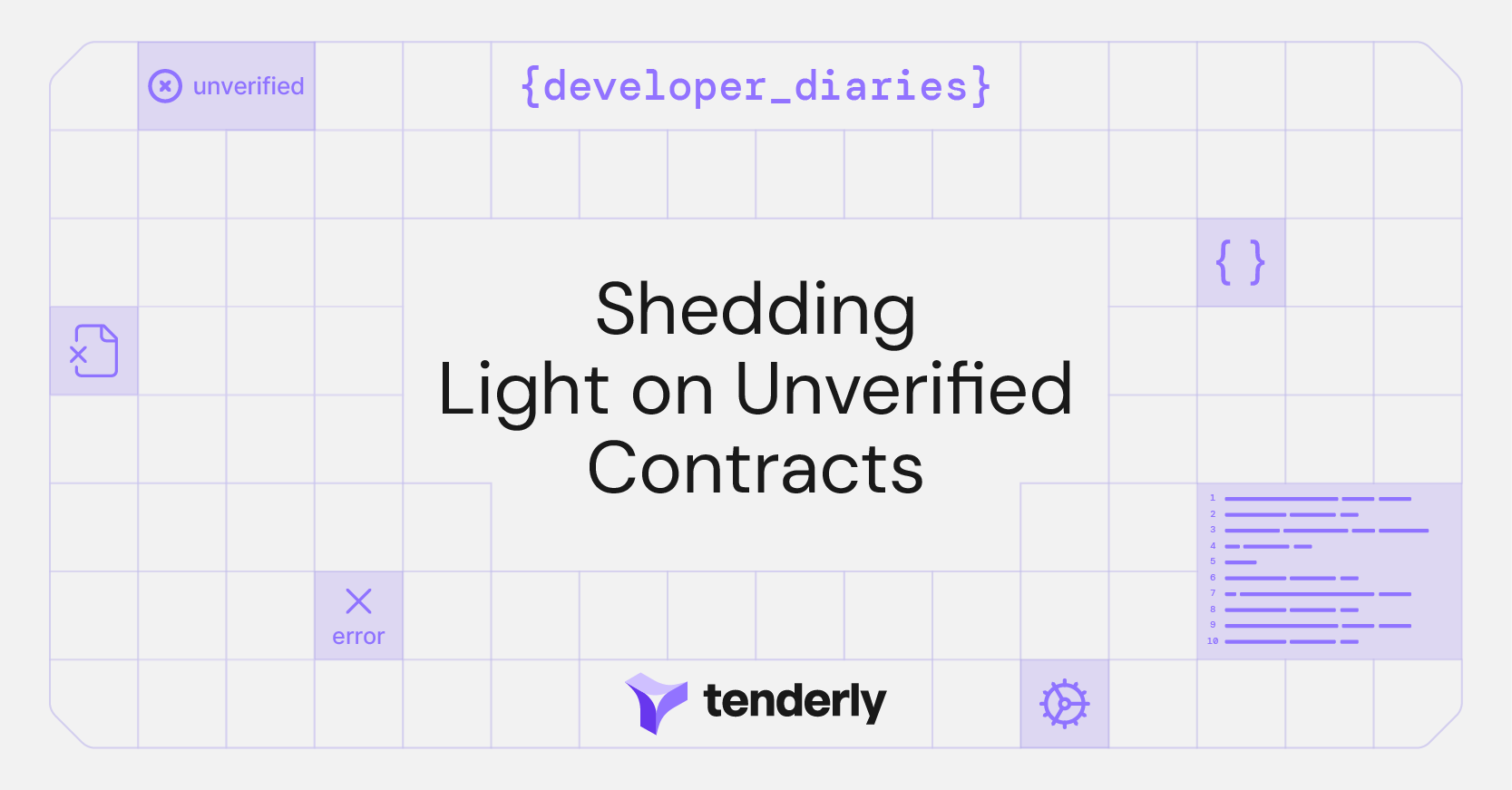The realisation of Ethereum 2.0, or Eth2, became significantly closer recently, with the activation of the update known as the London Hard Fork. Widely considered the most important – and controversial - update yet, it’s hoped the changes should enable the network to improve transaction throughput, a scalability that will help tackle high gas fees.
Officially activated on August 5th, the London Hard Fork consists of five Ethereum improvement proposals (EIPs), of which EIP-1559 – essentially designed to reduce the volatility of transaction fees and allow for more reliable transaction inclusion - is the most talked about.
Effectively acting as a bridge between the Proof of Work (PoW) model, where Ether is mined, to Proof of Stake (PoS), where the validators voting power is determined by the amount of ETH they hold, this latest update – and EIP-1559 in particular – is considered by many to be a hugely important step toward the upgrade to Ethereum 2.0.
Transparency and stability
Prior to the London Hard Fork, Ethereum was a purely inflationary asset. Miners were rewarded each time they validated a block, and compensated with transaction fees paid by users. Since the update, though, this has all changed.
For one thing, EIP-1559 has introduced a more efficient pricing system, with more predictable prices and mining times. The Ethereum network’s auction-style fee market meant transaction fees were highly volatile. The previously used first-price auction for pricing transactions meant users bidding the highest prices were most likely to have their transactions included first. But sudden surges in demand for limited blockspace meant gas prices could fluctuate wildly – users would therefore often pay over the odds to ensure their transactions were included.
Now, though, following the introduction of EIP-1559, users will pay an algorithmically determined “base fee” instead of submitting bids. While this base fee will vary, rising when the network is busier and falling when things are calmer, the transparency and relative stability it offers means users can wait until the price is right for them before making a transaction.
Perhaps most significantly, miners won’t receive this base fee. Before EIP-1559, miners were able to receive direct payment, out-of-band, for including transactions in blocks, meaning none of its value recirculated through the network. Now though, the fee is burned, and ETH holders can benefit from some value from MEV extraction.
But, while EIP-1559 is receiving most of the attention, it wasn’t the only upgrade included in the London Hard Fork. In fact, one of these, EIP-3554, represents an important milestone on the road from PoW to PoS.
Approaching phase two
The first of Ethereum 2.0 launch’s three phases, the Beacon Chain, went live in December 2020. A new PoS blockchain, the Beacon Chain was introduced alongside the existing PoW network to test its functionality and prepare for future upgrades.
In the second phase, the Merge, the network will officially move over to the Beacon Chain. Once complete, this transition to PoS will effectively make Ethereum unmineable. It’s significant, then, that EIP-3554 has moved the deadline for the “difficulty bomb”, the purpose of which is to discourage miners from using the PoW model once Ethereum 2.0 is ready, forcing them to upgrade their software in advance of the switch. Originally scheduled for Summer 2022, EIP-3554 has brought the deadline for the difficulty bomb forward to this December, suggesting that the Merge phase is imminent.
Other EIPs included in the recent update include EIP-3529, which reduces gas refunds, typically used to persuade developers to remove unused smart contracts and addresses, and EIP-3198, which allows users to return the base fee “opcode”. The last of the changes, EIP-3541, won’t have any immediate effect, but sets up future upgrades to the Ethereum Virtual Machine (EVM), a blockchain-based software platform which allows developers to create decentralized applications.
Addressing concerns
There are concerns that EIP-1559 could make it harder to debug smart contracts. As it stands, the code specifications for EIP-1559 return the value for a user’s maximum bid for the gas price only before the transaction is mined into a block. Once it has been mined, though, the value for the gas price field changes to the base fee, and value that changes depending on time and the state of the blockchain represents a new challenge for developers trying to write smart contracts. On the upside, developing and debugging smart contracts is made a lot easier with Tenderly.
Encouraging signs
It’s been almost a month since London Hard Fork was activated. And, while it’s too soon to appreciate its full impact, there are market indicators we can look at to see what effect the updates – and EIP-1559 in particular – have had on the Ethereum network.
The price of gas fluctuates according to the demand for submitting a transaction versus the supply of available block space. So, while EIP-1559 does mean a better estimation of transaction fees, it doesn’t necessarily mean it’ll be cheaper to transact on Ethereum longer term. Instead, it helps smooth out gas prices by allowing block sizes to increase slightly when there’s a surge in demand. And, although a certain amount of ETH is burned for every transaction, it’s not necessarily enough to offset the current issuance rate.
At the time of writing, the average ETH burn rate for the past 24 hours is 7.16 ETH per minute. Transaction volume currently stands at 1.206 million per day, an increase of 4.09 percent on last year, while gas prices stand at 124.07 Gwei, an unusually high peak in an otherwise steady average since the activation of the London Hard Fork in early August.
And while the base rate has fluctuated, it has remained relatively stable since the introduction of EIP-1559. Overall, then, the one anomaly aside, these figures would suggest that the upgrade appears to be working as intended. After much anticipation, the network now appears to be moving ever closer to the realising the PoS model of Ethereum 2.0.




